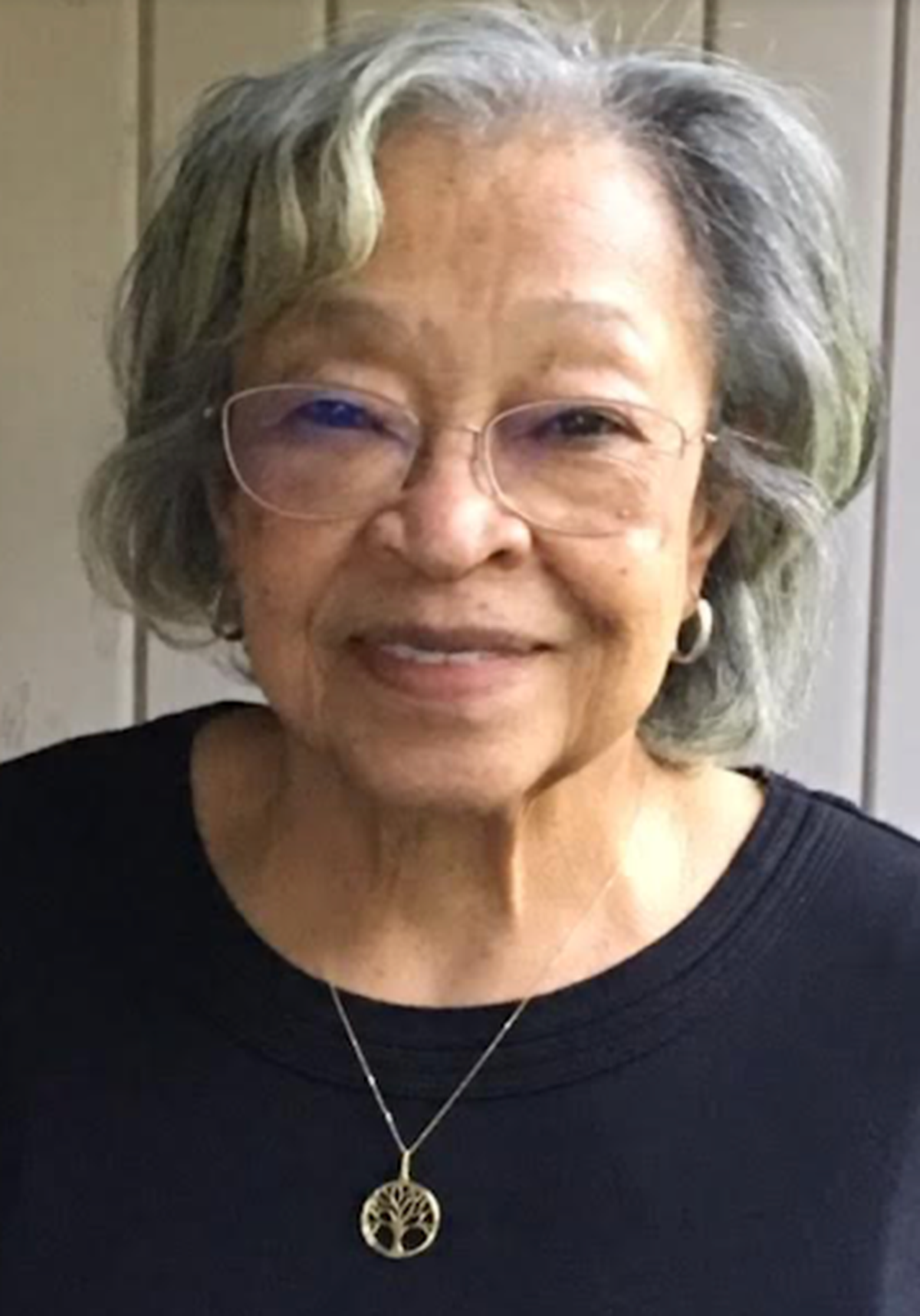The 42nd Annual Audubon Pilgrimage was held from March 15-17, 2013, celebrating John James Audubon’s time in West Feliciana Parish. Six plantations opened their doors to visitors, five of which were connected to the Stirling family: Wakefield, Catalpa, Beechwood, Oakley, and Rosedown. We planned to attend the pilgrimage on March 15, 2013, the first day.
Fast forward to March 15, 2013. It took about 90 minutes to drive from New Orleans to the West Feliciana Historical Society Museum in St. Francisville, Louisiana, to buy tickets for the plantation tours. We started with Wakefield Plantation, where my paternal ancestors had been enslaved.
The Wakefield Plantation is located at Hwy 61 and Mulberry Hill Road. From the highway, we veered right onto a road leading to the plantation. When the antebellum home appeared, we were captivated by its appearance. It has only one story! The branches of the oak trees formed an arch above the road, blocking the view of the roof. In 2012, we hadn’t driven far enough to see the entire house. I later discovered that the roof was lifted to remove the second story, then lowered back onto the remains of the first. The second-story hall created a central dormer, and windows were added to both the front and back. The heirs divided the second story into two separate houses. Sadly, both of the partitioned houses later burned down.
After parking the rental car, we walked to the house where we were greeted by a guide on the verandah. She shared the history of Wakefield and explained the rules for entering the house. No photos were allowed, whether with or without flash. The guide also mentioned that her great-grandmother was born on the plantation. I thought, “So was mine.” She didn’t mention the enslaved people who lived on the plantation. I made a mental note to talk to her after the tour.
We entered the vestibule and saw a stunning Madagascar mahogany staircase; the guide explained that the handrails and banister were hand-carved by enslaved artisans. This was the first time the enslaved people were mentioned, and it would be the last.
Every room had a guide who gave a brief overview of the furnishings and their history. After hearing two presentations, I realized the guides weren’t planning to discuss the enslaved people on that plantation. The parlor was next. Before the guide could speak, I asked her to identify the picture on the wall. It was Lewis Stirling, the slaveholder; I recognized Stirling from my research and just wanted confirmation. I shared my family’s story, who had been enslaved at Wakefield. She was very interested and said they knew nothing about the slaves. She gave me her address and phone number and invited me to be her guest so I could continue my research. Then she told me to tell her husband, who was in the dining room, the same things I told her. I did, and he also invited me to stay with them while I researched my ancestors.
I was on a roll. The slaveholder’s bedroom was next. When I entered the room, I told the guide that my ancestors had been enslaved at Wakefield. She said, “Let’s go find the owner; she should hear this.” We found Jolie Berry, and I repeated my story about my ancestors for the third time. Jolie also said she knew nothing about the enslaved people. She gave me her email address and asked me to send her the information about my ancestors.
This is a plantation, people. How could they not know that enslaved people did all the work on Wakefield Plantation?
I had one question the guides couldn’t answer: Are there slave burial grounds on the Wakefield Plantation? No one knew, so I emailed Jolie and asked her the same thing. Her response was shocking.
Stay tuned for the final article about visiting the plantation where my ancestors had been enslaved.
